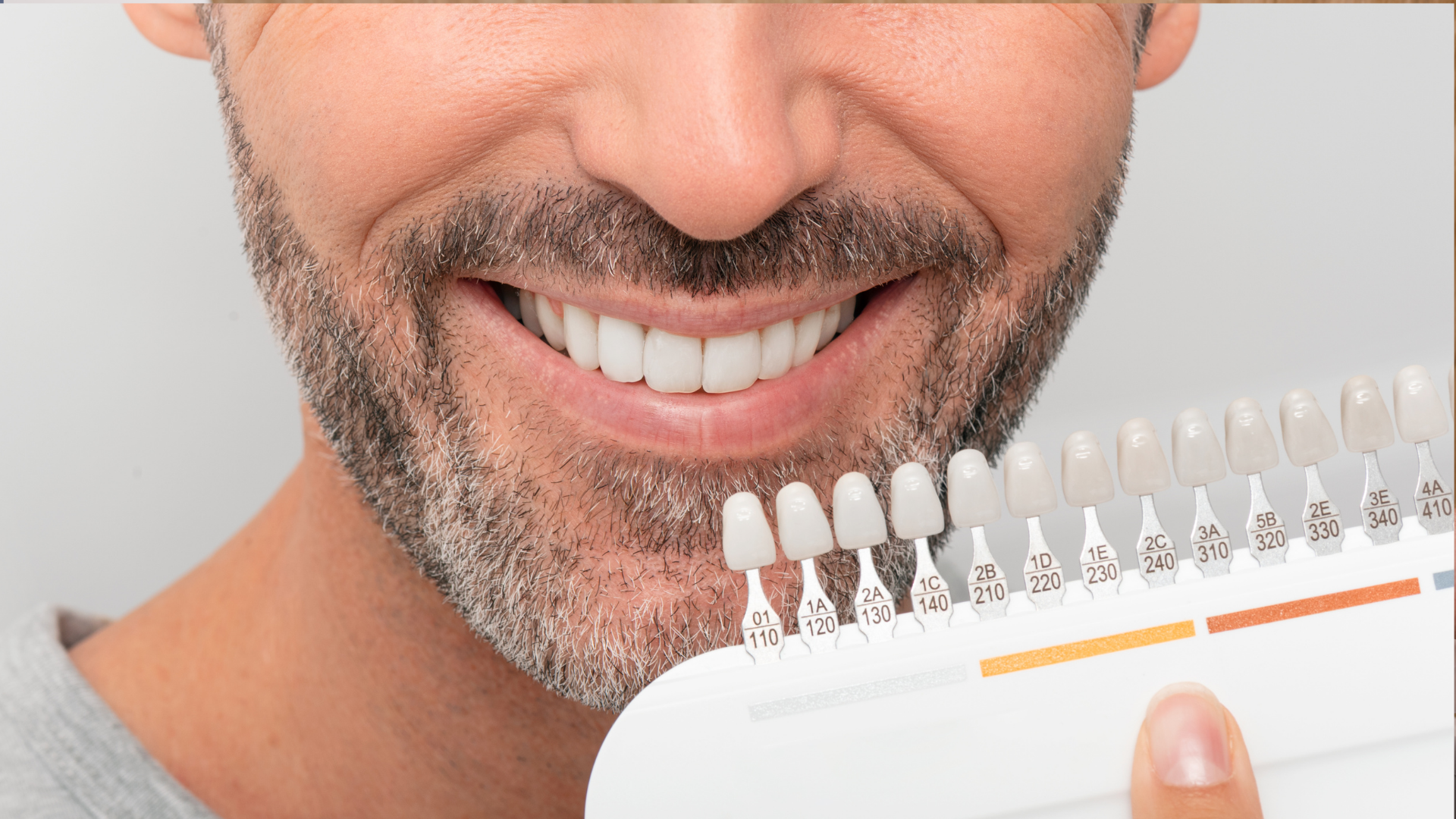Bone Grafting
Bone Grafting: Enhancing Dental Health and Aesthetic Outcomes
Introduction:
Bone grafting is a remarkable dental procedure within
Restorative Dentistry that addresses bone loss in the jaw, providing a foundation for successful dental treatments such as dental implants and improving overall oral health. This advanced technique involves the transplantation or stimulation of bone growth to regenerate or augment the existing jawbone. In this article, we will explore the benefits of bone grafting, its various applications, and how it contributes to restoring dental function and aesthetics.
Understanding Bone Grafting:
Bone grafting is a procedure that aims to replace or stimulate the growth of bone in areas where it has been lost or damaged. It involves the placement of bone graft material, either from the patient's own body (autograft), a donor (allograft), synthetic materials (alloplast), or a combination thereof. The bone graft material serves as a scaffold, stimulating the body's natural healing process and encouraging the regeneration of new bone.
Benefits of Bone Grafting:
Dental Implant Support: Dental implants are a popular and effective solution for replacing missing teeth. However, successful implant placement requires adequate bone support. Bone grafting can enhance the quantity and quality of the jawbone, creating a solid foundation for the secure placement and long-term stability of dental implants.
Restoring Facial Aesthetics: Bone loss in the jaw can lead to a sunken or aged appearance, as the underlying bone structure plays a crucial role in supporting facial tissues. By restoring lost bone volume through grafting, bone contours can be rebuilt, rejuvenating the facial profile and restoring a more youthful appearance.
Improved Denture Fit and Comfort: For individuals who wear removable dentures, bone resorption over time can lead to changes in jawbone shape and volume. This can result in ill-fitting dentures and discomfort.
Bone grafting helps maintain bone volume, providing a more stable foundation for dentures and improving their fit, stability, and overall comfort.
Preservation of Jawbone Health: Following tooth loss or extraction, the jawbone undergoes a natural process of resorption, where it gradually diminishes in volume and density. This resorption can compromise neighboring teeth, increase the risk of further tooth loss, and affect overall oral health. Bone grafting prevents or minimizes bone loss, preserving the health and integrity of the jawbone.
Treatment of Bone Defects: Bone grafting is an effective treatment for correcting various bone defects, such as those resulting from trauma, congenital conditions, or previous surgical procedures. Grafting techniques can restore bone structure and function, facilitating subsequent dental treatments or improving oral health outcomes.
Increased Treatment Options: By restoring bone volume and density, bone grafting expands the range of treatment options available to patients. It enables individuals who may have previously been deemed unsuitable for dental implants or other procedures due to insufficient bone to now benefit from these advanced treatments.
Types of Bone Grafts:
Autografts: Autografts involve using bone graft material harvested from the patient's own body, typically from the hip, jaw, or chin. Autografts are considered the gold standard due to their excellent biocompatibility and ability to promote natural bone growth.
Allografts: Allografts use bone graft material obtained from a donor, which has been carefully processed and sterilized to remove potential disease transmission risks. Allografts offer the advantage of not requiring a second surgical site for harvesting bone material.
Alloplasts: Alloplastic grafts use synthetic materials, such as hydroxyapatite or calcium phosphate, to stimulate bone regeneration. These materials are biocompatible and provide a scaffold for new bone growth.
Xenografts: Xenografts involve using bone graft material derived from animal sources, such as bovine (cow) or porcine (pig) bone. These grafts are processed to remove organic material, leaving behind the mineral structure that promotes new bone formation.
Conclusion:
Bone grafting is a transformative dental procedure that addresses bone loss in the jaw, providing numerous benefits for dental health and aesthetics. Whether supporting dental implants, restoring facial contours, improving denture fit, or preserving jawbone health, bone grafting plays a crucial role in enabling successful dental treatments and enhancing oral well-being. Consult with a skilled dental professional to determine if bone grafting is an appropriate option for your dental needs, and unlock the potential for a healthier, more confident smile.



